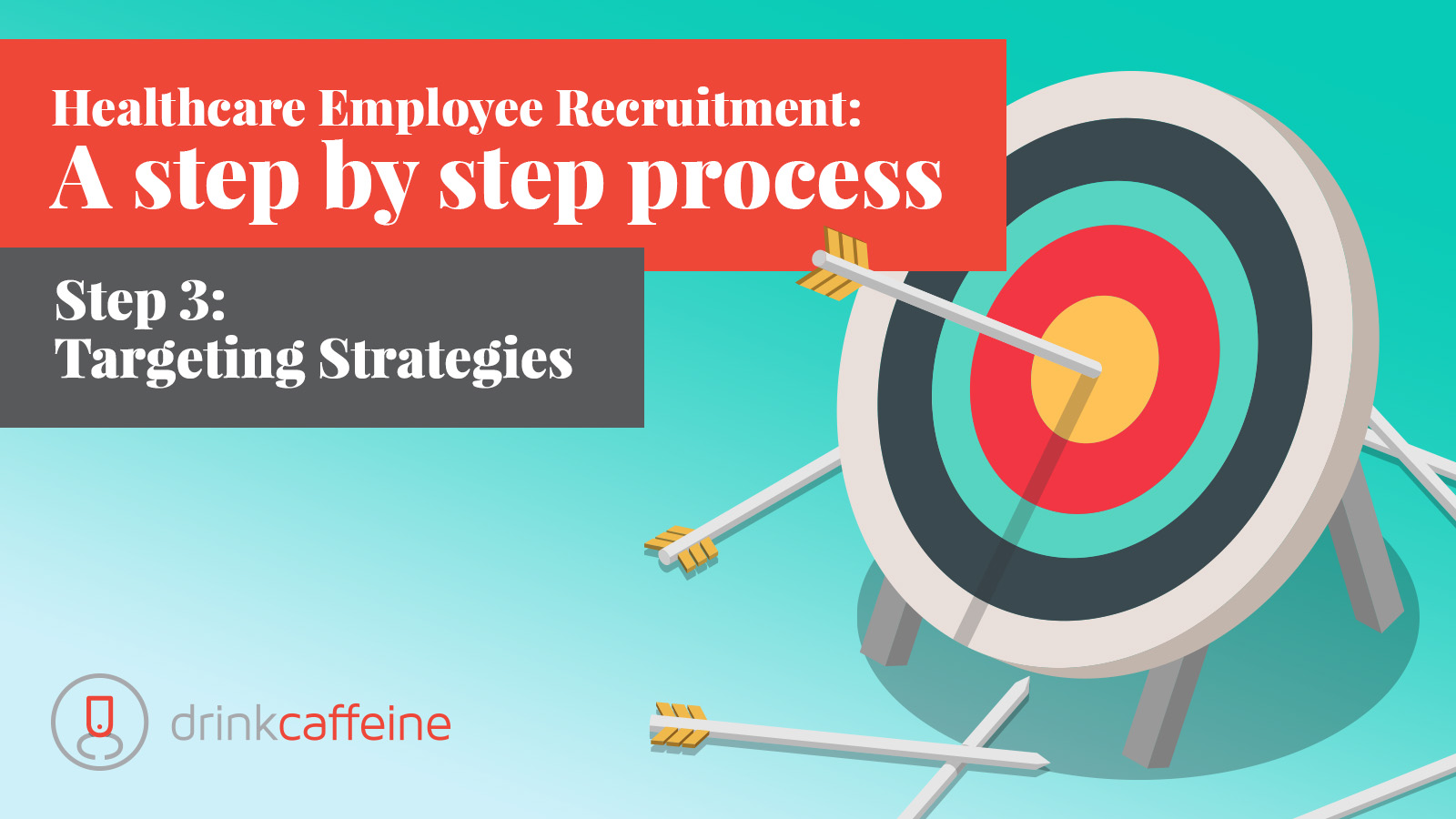You’re ready to reach out to prospective employees. Here are some strategies to focus your outreach.
1. Mobilize current employees
If carefully chosen, they hold great potential as recruiters, spokespersons, social media advocates, closers, and mentors.
Actions:
- Initiate a bonus program for internal referrals of new employees. Bonuses ($1000 is typical), paid time off, trips, gifts, and recognition are proven to be good incentives for helping to land a new employee. But in todays’ healthcare labor market, consider smaller rewards for smaller achievements, such as a completed application or an interview – even if the candidate isn’t hired. Make sure you define the structure up front and notify ALL employees.
2. Target other care-related sectors
Especially at sub-physician/PA and sub-RN levels – such as front-desk staff, home health aides, CNAs, medical assistants, patient service reps, lab technicians, and so forth – there may be opportunities to lure employees away from other jobs in other care-related sectors. For example, pre-school and elementary school teachers often have the caring “gene” but aren’t in a healthcare career – yet.
Actions:
- Do an audit of healthcare organizations with brick-and-mortar assets in a 20 mile radius of your organization.
- Identify as many companies as possible:
- Acute Care
- Urgent Care
- Home Care
- Hospice/Palliative care
- Specialized Care
- Outpatient Care
- Physical Therapy
- Skilled Nursing
- Assisted Living
- Primary Care
- Behavioral Health
- Imaging/Diagnostics
- Develop a list of priority targets based on your needs. Identify the organizations most likely to employ the Personas you want to attract. These companies are prime targets for employees eager to make a move.
- Audit their websites. Sometimes sites will list staff by title and even provide an email. Other times, if you have one email from an organization you can duplicate its formatting and use it to reach other employees.
- Get individual details on LinkedIn. Use social media to identify individuals you’d like to attract.
3. Connect candidates with colleagues
Again, leverage your staff. If a prospect has moved from Awareness to Interest to Consideration, it’s time for him or her to hear from “an insider.” Put the applicant in touch with their future colleague (in the same role) as soon as possible in the process.
Actions:
- Select 3-5 “hero” employees. Selection criteria:
- Eager to opt in.
- Knows the employer brand
- Works at the right level to connect with the incoming candidate.
- Do Zoom interviews. Get employees on the record, answering questions such as: Why do you like to work here? What is gratifying/rewarding about your job? What are your ambitions? Zoom video can be edited and, with some introductory graphics and music, you can create recruitment videos (we can help).
- Offer conversations. Tell candidates they can contact your employees for private, 1-on-1 conversations.
4. Media Planning Pointers
Owned, earned, and paid media (in ascending order of cost) are where your program rises or falls. Categorize and allocate your resources according to these groups.
Actions:
- Owned Media
- Website. Create or enhance a Jobs section of your site. Populate it not only with listings, but your EVP and a statement of your mission and vision and values. Add quotes from employees. Post the Zoom videos described in Action 3 above. Provide multiple calls to action: Apply Now. Talk to a Colleague. Hear what patients say.
- Social platforms. Your social channels are important parts of Persona Journeys, especially during the Consideration phase. Create a content calendar and post regularly on all platforms with a 2x/week frequency. Link from post content to videos, articles, provider and employee profiles, and other fulfillment content (Step 6 in this series).
- On-site media. The physical space you work in – offices, practice areas, vehicles, clinical and retail space – holds potential for message distribution. Waiting room videos, brochures, posters, road signs, sidewalk talkers, and many other forms can be used in these places.
- Earned Media
- Public Relations. If you have local media relationships, leverage them. Offer interviews with clinicians about the demand for quality employees.
- Local Sponsorships. Investigate opportunities to support local causes and organizations in return for exposure and employee cultivation opportunities. Youth sports team sponsorships, for example, expose your EVP to parents, coaches, and other potential employees.
- Events. Consider hosting or supporting a 5K race or walk. Participate in Lunch & Learn events to build goodwill and exposure. Host an Open House for anyone seeking a job or career in your branch of healthcare. Health Job Fairs should be standard.
- Paid Media
- Digital media. This is a wide category that includes banner ads, social ads, paid job listings, streaming video ads, and more.
- Traditional media. Billboards, TV, radio, and print ads are usually ineffective for targeted recruitment messages. There’s simply too much waste. Of course, there are exceptions, but it’s best to keep budgets focused on digital media that can produce a return – and be optimized based on performance.
Estimated timeframe for Targeting Strategies: 3 weeks
Get ready for Step 4: Web Asset Development
When you’re ready to use data to solve healthcare communications problems, contact us.


